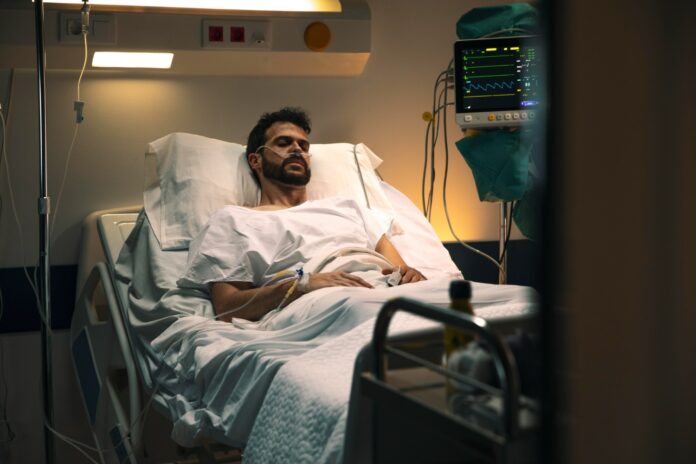To make the right decisions, emergency room doctors need to be able to continuously monitor their patient’s vital signs, including temperature, pulse, blood pressure, blood oxygen levels, cardiac rhythm, and cardiac electrical activity. However, existing monitoring systems typically rely on bulky sensors and an array of cables that prevent patients from being able to move comfortably.
Concerning this, EPFL scientists have developed a small, wireless patch that can measure emergency room patients’ vital signs with the same reliability as existing systems involving cumbersome cables. It contains a fusion of wireless sensors on a single unit, eliminating the need for cables to connect the data collection devices with data storage and display equipment.
In other words, the device mimics an internet connection that all doctors require to view and track patients’ vital signs remotely and in real-time.
The patch can be connected effectively to patients’ chests. It has been tried effectively on many patients at a few clinics and has turned out to be similarly as dependable as existing cable-intensive systems. The patch is around 20 cm² and can be worn under patients’ clothes as they go about their daily activities. This means the startup’s next step is to deploy the system to monitor patients’ symptoms while they are at home – preventing them from having to make frequent trips to the hospital.
Recently, it acquired the European Union’s CE marking for medicinal gadgets; substantial scale creation has just begun, and the gadget will be propelled on the Swiss and EU advertisements in the coming days.
According to Smartcardia CEO Srinivasan Murali, this patch is the first that performs well enough to replace conventional monitoring systems. Murali and his team spent several years at EPFL developing their device and the complicated algorithms needed to effectively screen out interference signals from things like patients’ movements and deliver extremely accurate results.
Francisco Rincón, Smartcardia CTO, said, “This kind of system could be used for patients with chronic cardiac or pulmonary diseases, or people with sleep disorders. Home monitoring of patients is one of the major new frontiers in healthcare because the remote data collection from patients suffering from chronic diseases would allow to timely diagnose a worsening of the illness and a prompt management could prevent hospital readmission.”
“The continuous stream of vital clinical signs, with the acquisition of relevant physiological signals from a single point-of-care device, could encompass out-patient monitoring with in-hospital backup by on-site physician evaluation.”
Smartcardia also works on a system that can spot health problems early on and alert caregivers. The system uses artificial intelligence and big data to provide important information about a patient’s condition before it gets serious. For example, it can detect slight changes in a patient’s vital signs and link them together – such as a small increase in blood pressure at the same time as a decrease in blood oxygen level or respiratory rate – to compare them with existing models.
